BioCharCrust
BioCharCrust – Application of Biocrust Inoculum and Biochar for Soil Bioremediation
Previously industrially developed land that is no longer in use and that may be potentially contaminated represents an increasing problem. In Europe and North America alone, 3.5 million of such ‘brownfield’ sites remain ignored. This is problematic not only because these sites are supposedly contaminated by hazardous waste but also because their abandonment means a significant loss of potentially productive land that may otherwise be used for sustainable agriculture, as a carbon sink or to host diverse wildlife. Brownfield land rehabilitation requires physical and biological regeneration of the local soils.
This project brings together scientists from the fields of physical soil amendments, namely, Biochar, and biological soil restoration in the context of induced biological soil crusts. Biological soil crusts are conglomerates of early successional organisms such as green algae, cyanobacteria, mosses, lichens, fungi and other soil microbiota. These communities play an important role in revitalising barren soil surfaces by enhancing water retention, stabilising loose soil particles and creating a fertile substrate for higher plants to thrive upon. Biochar, on the other hand, is a charcoal-like substance that is made by burning organic material from agricultural and forestry wastes. When incorporated into the soil, Biochar can improve the soil’s physical properties by enhancing soil structure, increasing water retention and aggregation, decreasing acidity and reducing soil salinity. Because Biochar is made from organic material, Biochar application is a carbon-negative process, which means that atmospheric CO2 is stored in the soil.
This project aims to investigate the potential of different soil amendments for the improvement of soil health and if they can be effectively combined and as a tool for ecosystem restoration.
“This project will help us to establish an efficient and effective collaboration between the Universities of Edinburgh and Hanover. The fact that our joint workshop attracted contributors from all over the world, shows how fruitful this relationship will be in the future!”
“With this project, we will bring together physical and biological aspects of soil remediation to investigate if the combination of biochar and cyanobacterial inoculum can be an effective tool for ecosystem restoration. By setting up a PhD project at the University of Edinburgh, with co-supervisors at the University of Hannover and the UK Biochar research center (Edinburgh), we will also strengthen the connection between Scotland and Lower Saxony.“
Project Owners

Dr Claudia Colesie
Info
Dr Claudia Colesie is a lecturer for Plant Ecology for the School of GeoSciences at the University of Edinburgh. In her research, she studies plant life in extreme environments with a strong focus on polar environments, mainly Antarctica. How plants manage to grow and survive under extreme environmental strain is her main research interest.

Dr Vincent Felde
Info
Dr Vincent Felde is a PostDoc with the soil biophysics group of the Institute of Soil Science at the Leibniz University Hannover, Germany, where he studies how soil structure governs soil functions at various scales. In his research, he uses quantitative image analysis methods, mainly on soil aggregates and biological soil crusts. Further, he is interested in soil degradation and soil rehabilitation, especially in drylands.
